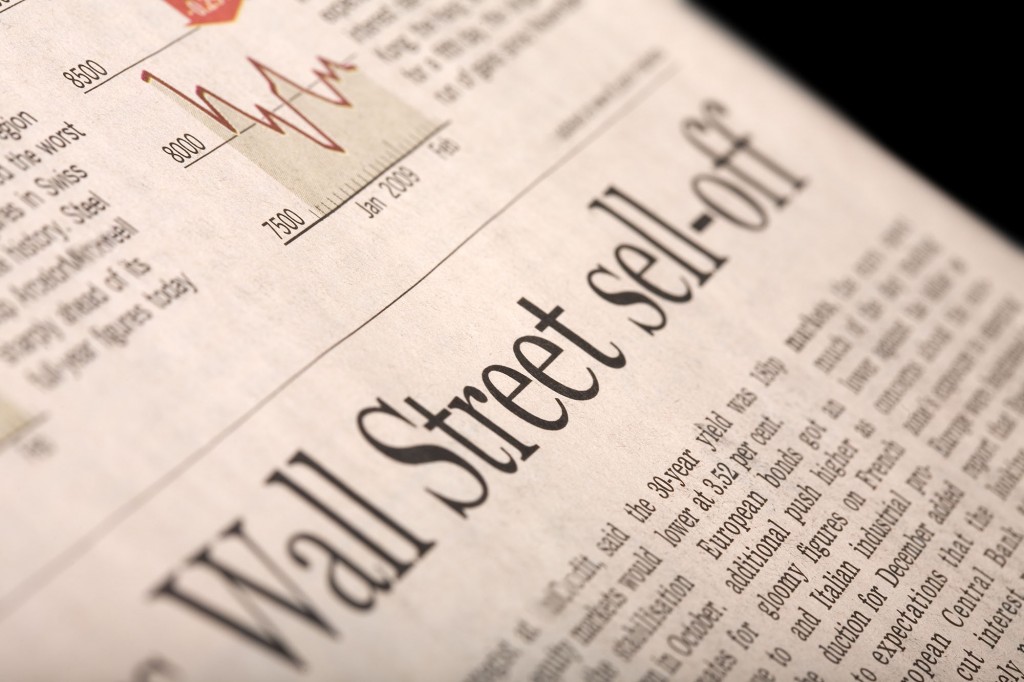
New research co-authored by a finance expert from Olin Business School at Washington University in St. Louis uses an historic approach to predict times of stock market volatility and the resulting returns: back issues of The Wall Street Journal.

Asaf Manela, assistant professor of finance at Olin, along with Alan Moreira, assistant professor of finance at the Yale School of Management, relied on machine learning, big-data techniques to construct a text-based measure of market uncertainty, using the front pages of The Wall Street Journal going back to 1890. Analyzing the words in those headlines and stories allowed measurement of a news implied volatility index (NVIX).
“If I let you read the front page of The Wall Street Journal on any given day, you can probably tell a lot about how much people are worried about the future,” Manela said. “We used this big body of text to construct a news-implied volatility index going back more than a century. By looking at that index, we can ask things like ‘What were people worried about at different points in time?’ ”
The research finds that war and government policy-related concerns are most important to stock market investors, and are responsible for the bulk of the variation in average returns.
“Times when this news implied volatility index is high are followed by above-average returns in normal times,” Manela said.
During the 1890-2009 period, which includes the Great Depression and two world wars, NVIX rises just before transitions into economic disasters, an important prediction of current asset pricing theories that emphasize rare disaster risk.
“The basic economic story is that times when the risk of war-related drops in economic activity increases, investors demand higher compensation for investing in stocks — in the form of higher future average returns,” Manela said. “Our measure of war risk indeed strongly predicts future average returns.”
The research paper is forthcoming in the Journal of Financial Economics.
Manela is available for interviews and may be reached at amanela@wustl.edu.